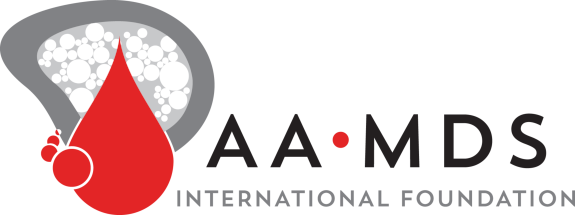Lower-risk myelodysplastic syndromes (MDS) are characterized by the presence of dysplasia, low bone marrow blast percentage, low number and depth of cytopenia(s), and relatively good-risk karyotpic and molecular abnormalities. A score of ≤3.5 on the Revised International Prognostic Scoring System classifies patients as lower-risk MDS. Information from a mutational profile of the MDS at time of diagnosis (and over serial time points) can be reassuring for predicted behavior of lower-risk MDS compared with one expected to progress more rapidly (higher-risk MDS). Supportive care continues to be the crux of treatment, although the options to reduce transfusion needs have improved in 2020. Erythropoiesis stimulating agents, lenalidomide, and luspatercept address the most frequent (and symptomatic) cytopenia (anemia) and are started only when patients are transfusion dependent. Patients can derive long-term benefits (years) from these approaches but will often progress to higher-risk MDS. Interestingly, some patients with lower-risk MDS can present with an isolated thrombocytopenia for which thrombopoietin receptor analogs such as romiplostim and eltrombopag are options (as long as blast counts are low). The presence of pancytopenia and or intensifying and unremitting clinical symptoms are often treated with hypomethylating agents or (anti-thymocyte globulin if hypocellular MDS is of concern). Targeted therapies are emerging for small subsets of MDS patients with specific somatic mutations (ie, TP53, IDH1/2, FLT3), although currently, there are no approved, mutation-directed medications to treat MDS.
❄️ Give the Gift of Answers, Support, and Hope ❄️
Please make a donation to the Aplastic Anemia and MDS International Foundation this holiday season.

